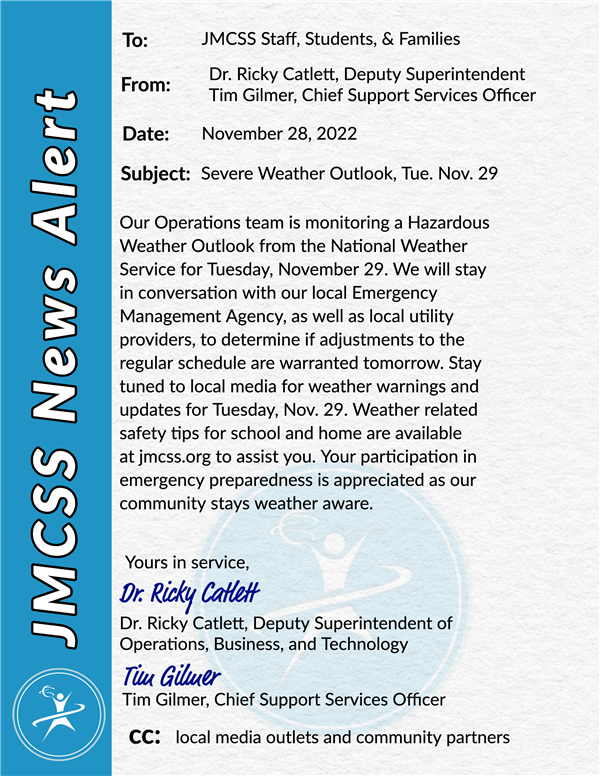Find out what you can do before severe weather strikes. Preparation is key to staying safe and minimizing impacts.
-
Be Weather-Ready: Check the forecast regularly to see if you’re at risk for severe weather. Listen to local news or a NOAA Weather Radio to stay informed about severe thunderstorm watches and warnings. Check the Weather-Ready Nation for tips.
-
Sign Up for Notifications: Know how your community sends warning. Some communities have outdoor sirens. Others depend on media and smart phones to alert residents to severe storms.
-
Create a Communications Plan: Have a family plan that includes an emergency meeting place and related information. Pick a safe room in your home such as a basement, storm cellar or an interior room on the lowest floor with no windows. Get more ideas for a plan at: https://www.ready.gov/make-a-plan
-
Practice Your Plan: Conduct a family severe thunderstorm drill regularly so everyone knows what to do if a damaging wind or large hail is approaching. Make sure all members of your family know to go there when severe thunderstorm warnings are issued. Don’t forget pets if time allows.
-
Prepare Your Home : Keep trees and branches trimmed near your house. If you have time before severe weather hits, secure loose objects, close windows and doors, and move any valuable objects inside or under a sturdy structure.
-
Help Your Neighbor: Encourage your loved ones to prepare for severe thunderstorms. Take CPR training so you can help if someone is hurt during severe weather.
-
For schools:
Carefully developed tornado drills are completed several times a year to keep students and staff in good practice, and to work out any kinks in the drill before it is needed for real. Here are some other important tips:
-
If the school’s alarm system relies on electricity, have a compressed air horn or megaphone to sound the alert in case of power failure.
-
Make special provisions for disabled students and those in portable classrooms. Portable classrooms are like mobile homes — exceptionally dangerous in a tornado.
-
Make sure someone knows how to turn off electricity and gas in the event the school is damaged.
-
Have a NOAA Weather Radio with a warning alarm tone and battery back-up to receive warnings quickly and directly from your local National Weather Service office. A new technology called WRSAME allows you to set such weather radios to alarm for your county and surrounding counties; so look for the WRSAME feature when purchasing weather radio units.
-
Listen to radio and television for information when severe weather is likely. Outlooks and watches from the Storm Prediction Center can also help you be aware of the possibility of severe weather during the school day.
-









